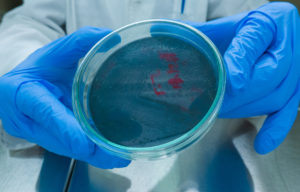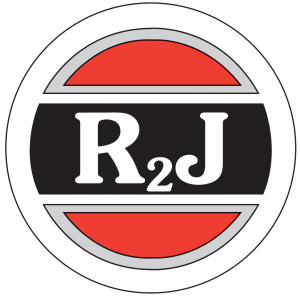How Does Legionella Get into Water?
May 03, 2022
Legionella is a waterborne pathogen that can cause a potentially deadly form of pneumonia called Legionnaires disease. In commercial and industrial buildings, Legionella spreads through contaminated potable water. This can be caused by aspirating small amounts of drinking water or, more commonly, inhaling aerosolized droplets (showers are a common site of contracting Legionnaires).
Understanding how Legionella gets into water can help building owners and managers take proper steps to prevent infections. Legionella is present in the environment, and a variety of factors can lead to contamination. According to the CDC, some issues that can cause Legionella outbreaks include:
- New construction
- Water main breaks
- Changes in water quality
- The development of biofilms and/or scale in piping and water-using equipment
- Fluctuations in pH levels
- Water stagnation
In general, building owners and managers should operate under the assumption that Legionella will infiltrate potable water systems. Legionella bacteria enters buildings through the potable water supply. Under certain conditions, the bacteria can multiply to dangerous levels and potentially cause Legionnaires’ disease, or Legionellosis. Roughly 50% of all building water systems contain Legionella. What’s more, buildings and facilities that have undergone a period of vacancy are particularly at risk due to water stagnation.
How to Prevent Legionella Growth
When it comes to Legionella, perhaps the biggest risk factor is inadequate levels of disinfectant. Potable water should be routinely tested to ensure the disinfection strategy is working.
Specialized water treatment companies, such as R2J, utilize advanced platforms to monitor the effectiveness of Legionella prevention in real time. For example, we use Legionella Assessment and Management Plan Support (LAMPS®), a cloud-based software solution that allows us to actively monitor and manage contamination risk. This is part of our robust water management plans, which can also include continuous treatment with the SANIKILL monochloramine disinfection system.
For more information about how Legionella gets into potable water and what you can do to prevent it, contact R2J today.

